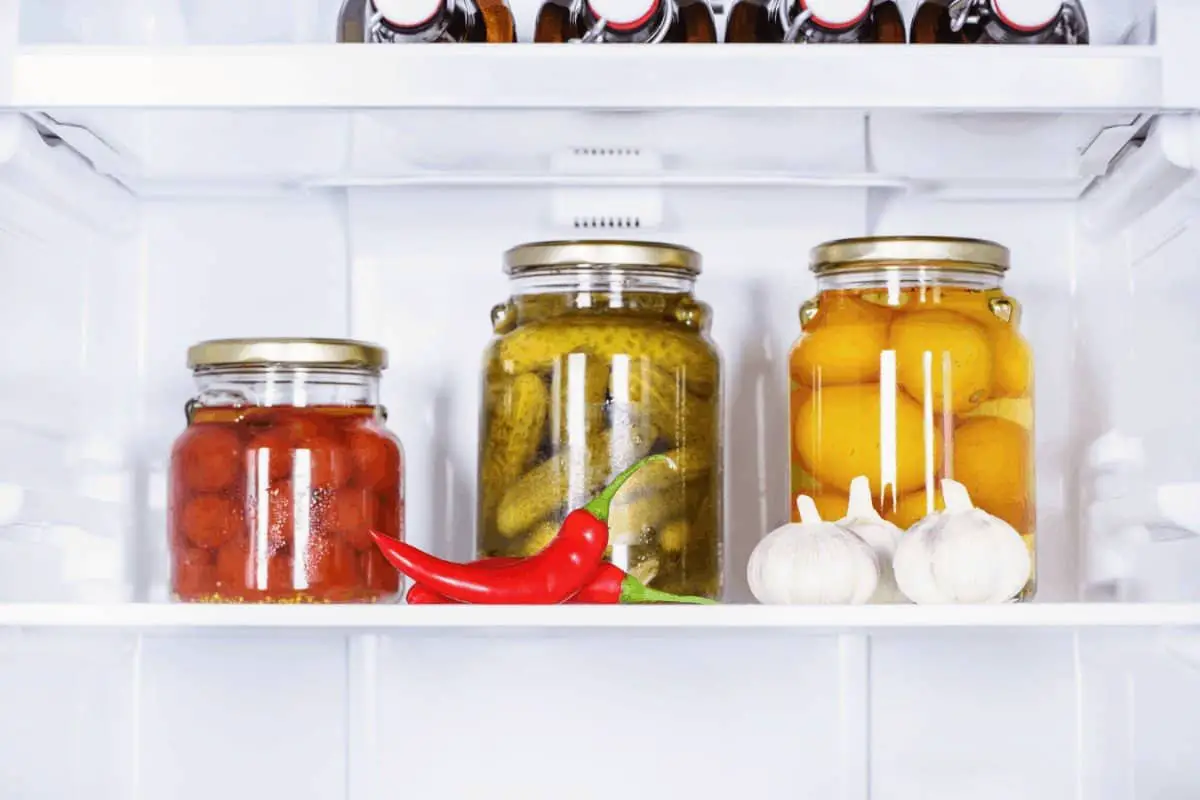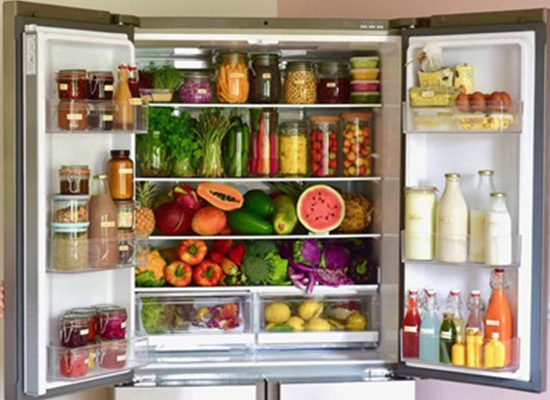
You can safely put glass containers in the freezer as long as you leave enough headspace for the food to expand, cool the container to room temperature before freezing, avoid placing it on a cold surface, cover the food with plastic wrap or foil until it freezes, and loosen the lid slightly.
Glass is a great material for storing food, but it’s also susceptible to thermal shock. Thermal shock is what happens when a substance changes temperature too quickly and causes stress or cracks. Glass is especially vulnerable to thermal shock because it has low thermal conductivity, which means it doesn’t transfer heat well.
When you put a glass container in the freezer, the temperature difference between the glass and the freezer can cause the glass to contract rapidly. This can create tension and cracks in the glass, especially if it’s already weakened by scratches or chips. Similarly, when you take a glass container out of the freezer, the temperature difference between the glass and the room can cause the glass to expand rapidly. This can also create stress and cracks in the glass, especially if it’s exposed to a hot surface or liquid.
Another reason why glass can break in the freezer is because of expansion. When you freeze food, it expands as water turns into ice. If you fill a glass container too full of liquid or solid food, there won’t be enough space for the food to expand. This can create pressure and cracks in the glass, especially around the corners or edges.

To prevent glass from breaking in the freezer, you need to minimize thermal shock and expansion. Here are some tips to follow:

Not all glass containers are suitable for freezing food. Some types of glass are more prone to thermal shock and cracking than others. Here are some factors to consider when choosing glass containers for freezing food:
Some examples of high-quality glass containers that are suitable for freezing food are:

Q: Can I put Pyrex in the freezer?
A: Yes, you can put Pyrex in the freezer as long as you follow the precautions mentioned above. Pyrex is a brand of glassware that is made of tempered glass that can withstand high and low temperatures. However, Pyrex is not immune to thermal shock and cracking, so you still need to be careful when freezing and thawing food in Pyrex containers.
Q: Can I put glass jars in the freezer?
A: Yes, you can put glass jars in the freezer as long as you use wide-mouth jars that are designed for freezing or canning. Glass jars are a great option for freezing liquids such as juices, sauces, soups or jams. However, glass jars have a narrow opening that can trap air and cause pressure and cracking. To prevent this, use wide-mouth jars that allow air to escape more easily, and leave enough headspace for the liquid to expand.
Q: How do I thaw food in a glass container?
A: To thaw food in a glass container, you need to do it gradually and gently to avoid thermal shock and cracking. The best way to thaw food in a glass container is to transfer it from the freezer to the fridge and let it thaw overnight. Alternatively, you can place the glass container in a bowl of cold water and change the water every 30 minutes until the food is thawed. You can also use the defrost setting on your microwave, but be careful not to overheat the food or the glass. Never place a frozen glass container directly on a hot surface or in a hot oven, as this can cause it to shatter.
Glass containers are a safe and convenient way to store food in the freezer, but you need to follow some precautions to prevent them from breaking. By leaving enough headspace, cooling the container, avoiding cold surfaces, covering the food, loosening the lid, and separating the containers, you can freeze food in glass containers without any problems. You also need to choose the right type of glass containers that are thick, round, small and high-quality. Finally, you need to thaw food in glass containers slowly and carefully to avoid thermal shock and cracking.
